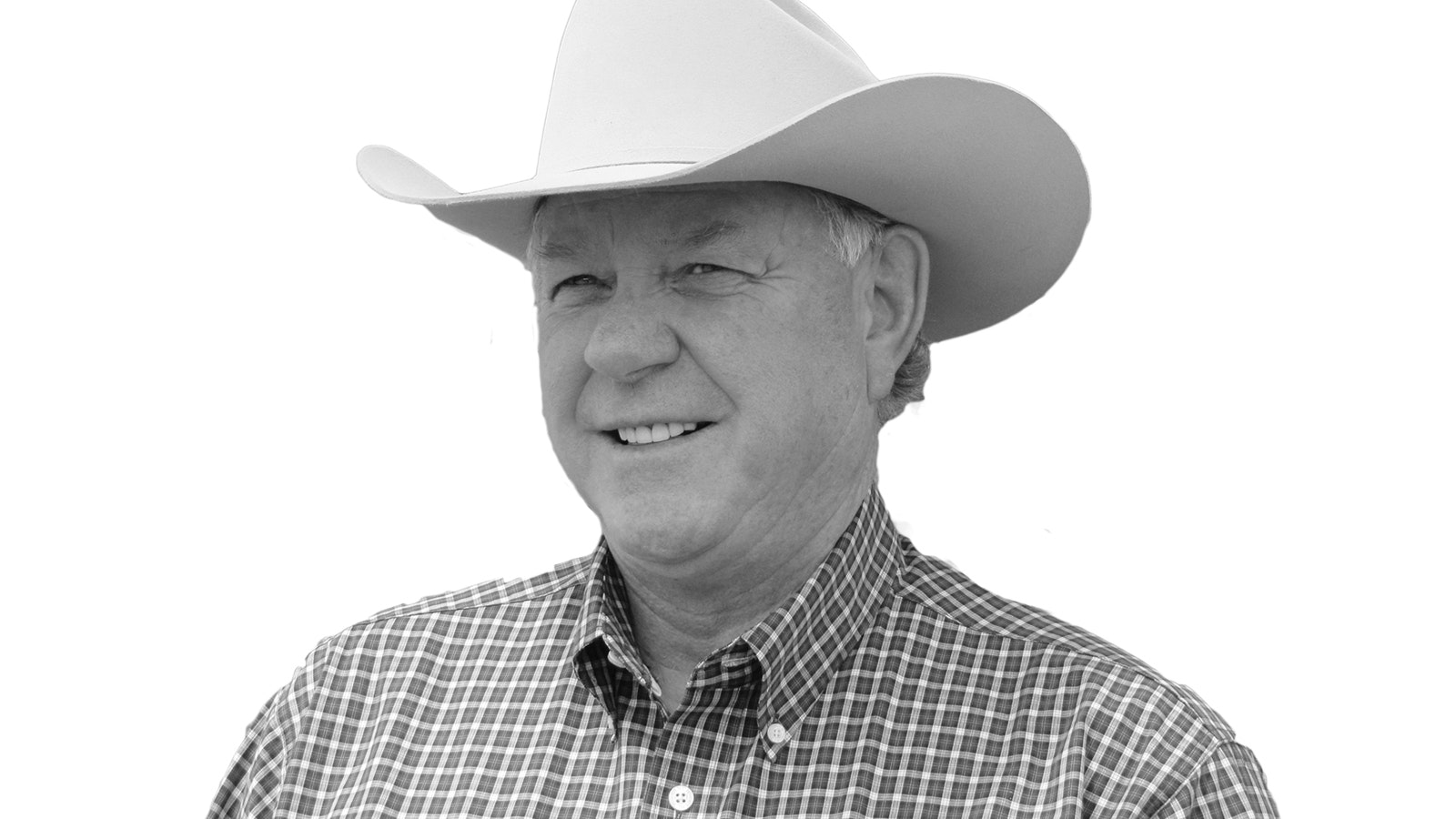A recent beef producer survey published by Drovers includes some interesting data on the future of ranching. Many of those surveyed most recently provided different answers than those from years past.
Producing beef has always presented challenges, but one of the biggest changes is the relationship between the ranchers raising beef and the consumers purchasing beef.
Today, producers and consumers are more aware of each otherʼs wants and needs.
Ranchers and consumers both realize food safety is an expectation. They agree the largest improvement since the 2016 audit was in overall efficiency across the beef supply chain. They realize companies are striving to increase their sustainability and are working with the entire beef supply chain to achieve improvements.
Despite drought, government overreach and inflation, ranchers surveyed said they are optimistic for the future.
Eighty-eight percent of survey respondents say they support the industry’s sustainability efforts, and most respondents agree or strongly agree current industry challenges will continue to grow in the future.
These challenges are reducing environmental impacts, animal welfare scrutiny and demand from consumers for higher-quality beef carcasses.
Most of this optimism is the result of higher cattle prices. Cattle are expected to return around $300 per head this year and, potentially, the next two years or so as well. Consumer demand for beef, both in the U.S. and abroad, is expected to be strong. Despite inflation, consumers purchased beef at record retail prices, averaging nearly $7.60 per pound.
Of those responding to the survey, 65 percent are optimistic about the future, 57 percent reported profitability in the past five years, 54 percent said they will add a new member within the next five years and 38 percent said they will grow their herd size over the next five years.
Ranchers are finding new ways to generate income on their ranches, such as recreational opportunities and other things, but for the most part, raising livestock is their main source of income.
Seventy-two percent noted they run a commercial cow operation, while 20 percent said their operation is a mixture of commercial and seedstock. Just eight percent said they have a seedstock operation.
When asked, “Do you anticipate your cattle operation’s herd size will grow, shrink or stay the same,” 49 percent of responders said it will stay the same, 38 percent said it will grow and 13 percent said it will shrink.
The next question asked was, “Do you expect a family member or partner to join your business?”
Fifty-one percent said a family member will join their business; 46 percent said no one will join their business and three percent said a non-family partner will join their business.
As I visit with ranchers, I hear more family members want to come back to the ranch. Most of these family members had previously moved off of the ranch after college, now have a family and want their children to grow up on a ranch like they did.
This is good for rural families and the ranching business.
The demand for beef is huge around the world, and people are looking for quality beef. American ranchers are changing with the times due to better genetics, recordkeeping and using cattle as a tool to improve land. This will ensure sustainability for both the family and business.
Dennis Sun is the publisher of the Wyoming Livestock Roundup, a weekly agriculture newspaper available online and in print.





